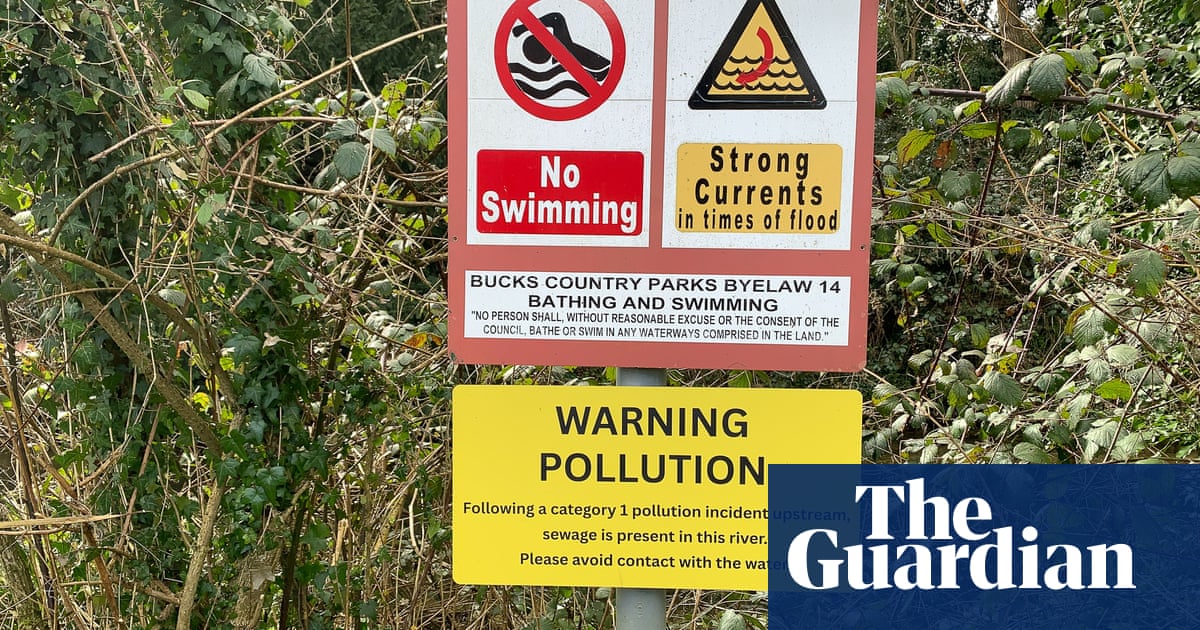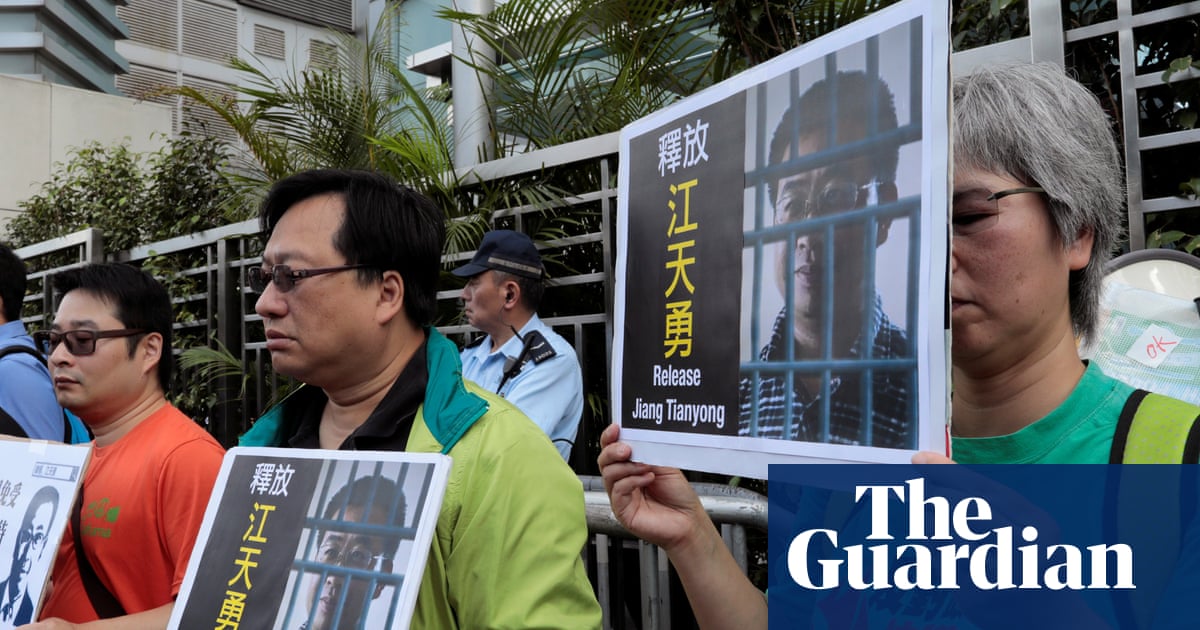Drone-jamming technology must be rolled out urgently across jails in England and Wales to help stem the endemic use and trade of drugs by organised gangs, MPs have concluded.
The Commons justice select committee has found that the Prison Service’s ability to maintain safety and control is being “critically undermined by the scale of the trade and use of illicit drugs”.
It has called for technology such as SkyFence, which uses sensors to block a drone’s computer, to be introduced across the prison estate. Category A prisons, which hold some of the most dangerous inmates, should be given anti-drone technology within two years, according to a report released on Friday.
The Labour chair of the cross-party committee, Andy Slaughter, said: “Fuelled by inflated profits, the supply of drugs by organised criminal gangs into prisons is a constant pressure. This is compounded by failure to address and reduce the underlying demand for drugs and combat the alarming rise in the use of sophisticated drone technology.”
MPs found that increasing availability of illicit substances normalised drug use in prisons, noting that 39% of prisoners found it easy to acquire drugs.
The situation is made worse by the high number of people entering prison with an existing addiction and the notable trend of prisoners with no previous issues developing a drug habit once in prison.
Eleven per cent of men and 19% of women said they had developed a problem with drugs, alcohol or medication not prescribed to them since arriving in prison, the report says.
Prison Service records indicate a 770% increase in drone sightings around prisons between 2019 and 2023. Current drug detection technologies are being outpaced by the sophistication of drones, the report says.
MPs said existing partnerships with police and the National Crime Agency aimed at tackling drone incursions were not sufficient.
The committee said the MoJ must urgently adopt the SkyFence system, which was deployed to detect and disrupt incoming remote-controlled drones at HMP Guernsey in 2017, or equivalent technology at all prisons.
The report says: “All high-risk prisons should be put in a position to deploy comprehensive anti-drone technology and implement upgraded physical security measures, such as windows, within 24 months.
“The MoJ must adopt the SkyFence system, or equivalent signal disruption technology, across the prison estate as a matter of urgency.”
New government figures show that nearly 40,000 prisoners in England and Wales have been let out of jail under the government’s early release scheme to tackle overcrowding in prisons.
As of the end of June this year, 38,042 inmates had been freed, according to the Ministry of Justice.
after newsletter promotion
The scheme was launched as an emergency measure on 10 September last year after the prison population reached a record high of 88,521. It allows eligible prisoners to be released after serving only 40% of their fixed-term sentence, rather than the usual 50%.
It is part of efforts to curb overcrowding in jails. Officials said in May that male prisons were on track to hit zero capacity by November this year.
Of the 38,042 early releases, 10,879 (28.6%) were serving sentences of six months or under, with a further 5,241 (13.8%) serving sentences of between six and 12 months.
The age group that made up the greatest proportion of early releases was 30- to 39-year-olds (37.6% of the overall total), followed by 40- to 49-year-olds (23.4%).
The figures show 34,332 (90.2%) were British nationals, 3,644 (9.6%) were foreign nationals and 66 (0.2%) had no nationality recorded.
The current scheme for the early release of prisoners replaced a separate scheme introduced by the previous Conservative government. Under this separate process, 13,325 prisoners in England and Wales were freed early between 17 October 2023 and 9 September 2024.

.png) 8 hours ago
9
8 hours ago
9

















































